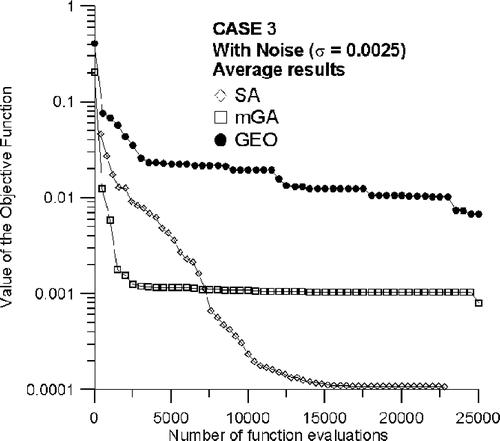Figures & data
Figure 1. Outline of the GEO algorithm as implemented for the solution of the inverse radiative transfer problem.
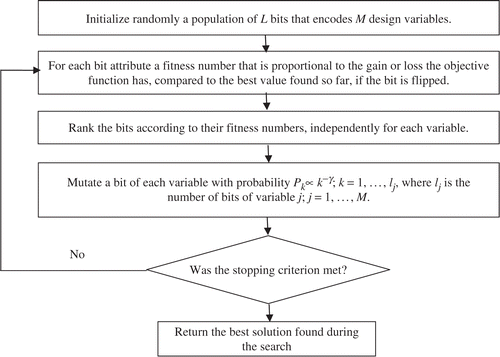
Figure 2. Average of the best objective function values found in 20 runs of GEO for each value of γ.
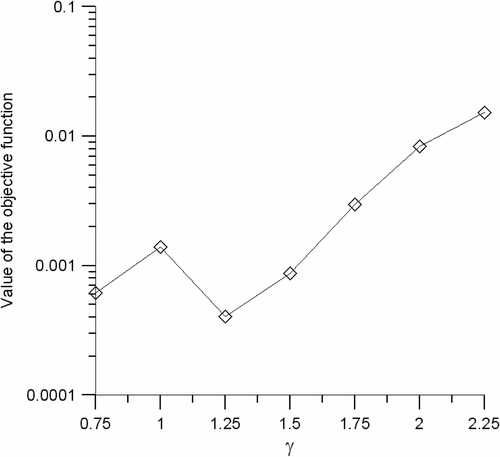
Table 1. Exact values of the radiative properties
Figure 3. Average of the best values of the objective function, as a function of the number of function evaluations for Case 1, without noise.
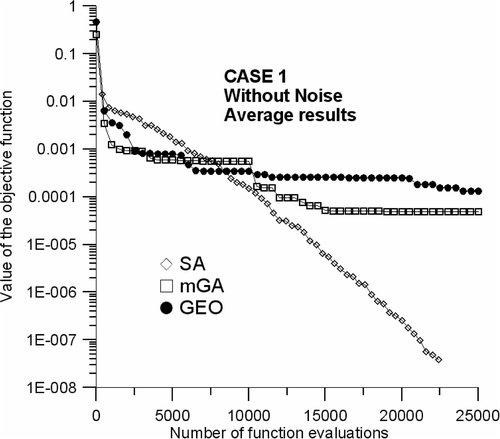
Figure 4. Average of the best values of the objective function, as a function of the number of function evaluations for Case 1, with noise.
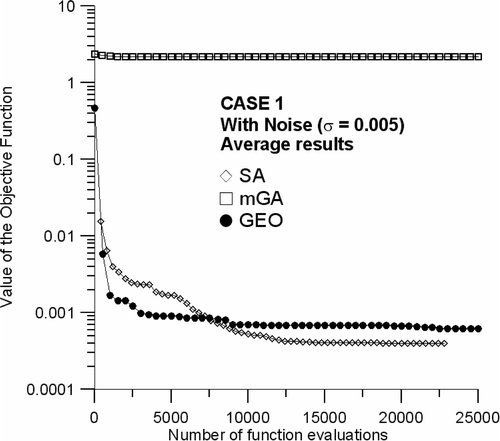
Table 2. Worst, average and best estimates for Case 1
Figure 5. Average of the best values of the objective function, as a function of the number of function evaluations for Case 2, without noise.
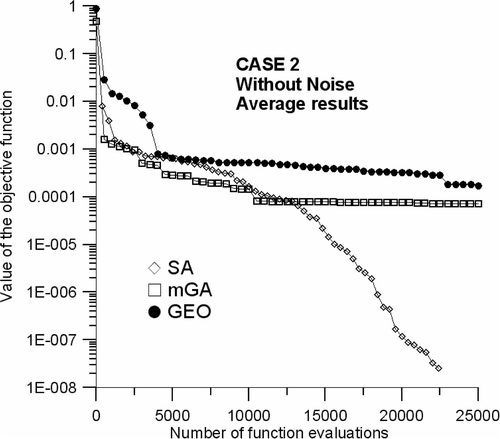
Figure 6. Average of the best values of the objective function, as a function of the number of function evaluations for Case 2, with noise.
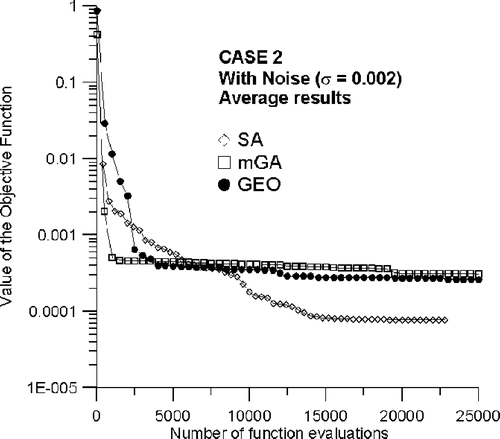
Figure 7. Average of the best values of the objective function, as a function of the number of function evaluations for Case 3, without noise.
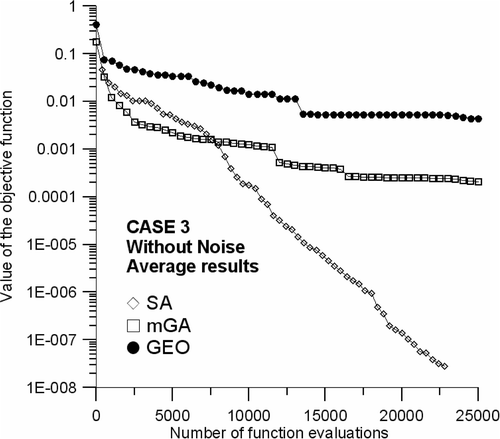
Figure 8. Average of the best values of the objective function, as a function of the number of function evaluations for Case 3, with noise.
